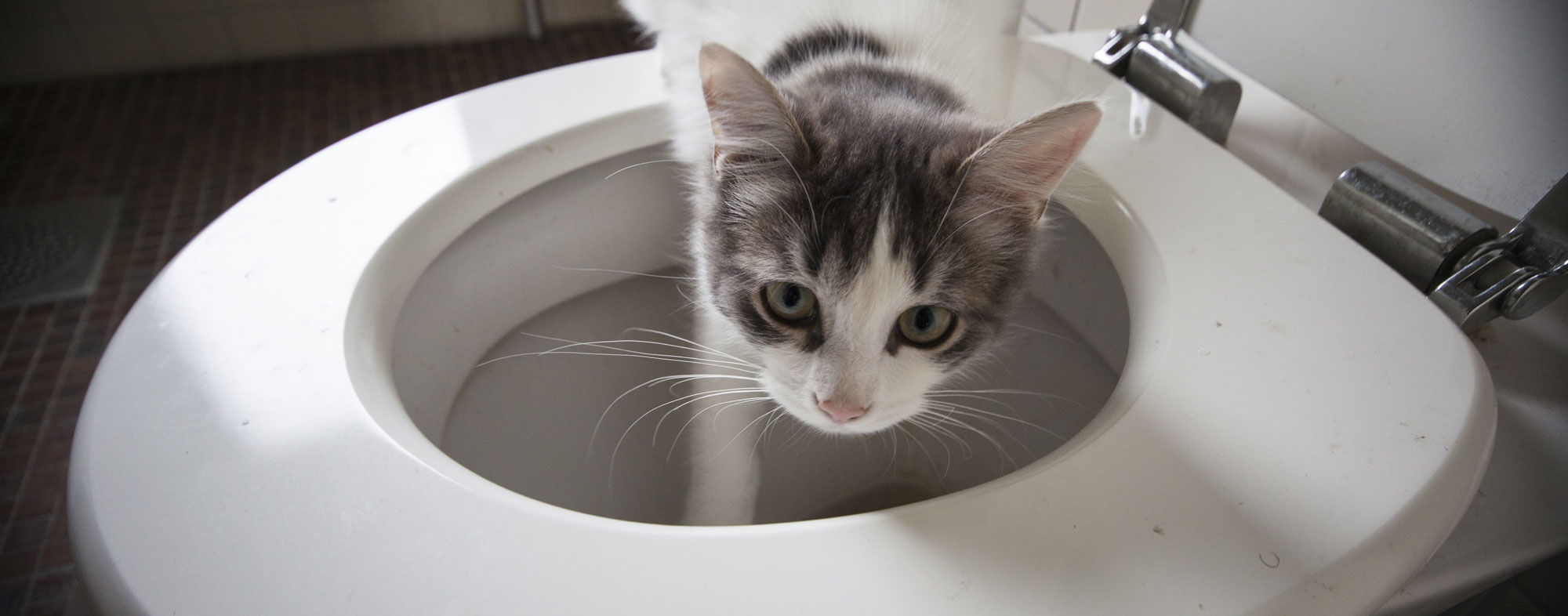Why Flushing Cat Poop Down Your Toilet Isn't a Good Idea - Tips for Proper Handling
Why Flushing Cat Poop Down Your Toilet Isn't a Good Idea - Tips for Proper Handling
Blog Article
Have you been trying to find facts and techniques Can You Flush Cat Poo or Litter Down the Toilet??

Introduction
As cat proprietors, it's essential to bear in mind how we take care of our feline pals' waste. While it may appear convenient to purge cat poop down the bathroom, this method can have destructive repercussions for both the setting and human health.
Environmental Impact
Flushing feline poop presents unsafe microorganisms and bloodsuckers into the water supply, presenting a substantial risk to water ecosystems. These pollutants can adversely influence marine life and concession water quality.
Health and wellness Risks
In addition to environmental worries, purging cat waste can likewise posture health dangers to human beings. Cat feces may contain Toxoplasma gondii, a parasite that can trigger toxoplasmosis-- a possibly severe disease, particularly for expectant females and individuals with weakened immune systems.
Alternatives to Flushing
Luckily, there are much safer and a lot more liable means to deal with feline poop. Take into consideration the adhering to alternatives:
1. Scoop and Dispose in Trash
The most common technique of throwing away pet cat poop is to scoop it into a naturally degradable bag and throw it in the trash. Make sure to utilize a committed clutter inside story and dispose of the waste promptly.
2. Use Biodegradable Litter
Opt for naturally degradable feline trash made from products such as corn or wheat. These trashes are eco-friendly and can be securely gotten rid of in the garbage.
3. Hide in the Yard
If you have a yard, think about burying feline waste in a marked area away from vegetable yards and water sources. Be sure to dig deep adequate to avoid contamination of groundwater.
4. Mount a Pet Waste Disposal System
Buy a family pet waste disposal system especially developed for cat waste. These systems utilize enzymes to break down the waste, decreasing smell and ecological effect.
Final thought
Accountable animal ownership extends past supplying food and shelter-- it also involves correct waste administration. By refraining from flushing pet cat poop down the bathroom and selecting alternate disposal methods, we can decrease our ecological footprint and protect human wellness.
Why Can’t I Flush Cat Poop?
It Spreads a Parasite
Cats are frequently infected with a parasite called toxoplasma gondii. The parasite causes an infection called toxoplasmosis. It is usually harmless to cats. The parasite only uses cat poop as a host for its eggs. Otherwise, the cat’s immune system usually keeps the infection at low enough levels to maintain its own health. But it does not stop the develop of eggs. These eggs are tiny and surprisingly tough. They may survive for a year before they begin to grow. But that’s the problem.
Our wastewater system is not designed to deal with toxoplasmosis eggs. Instead, most eggs will flush from your toilet into sewers and wastewater management plants. After the sewage is treated for many other harmful things in it, it is typically released into local rivers, lakes, or oceans. Here, the toxoplasmosis eggs can find new hosts, including starfish, crabs, otters, and many other wildlife. For many, this is a significant risk to their health. Toxoplasmosis can also end up infecting water sources that are important for agriculture, which means our deer, pigs, and sheep can get infected too.
Is There Risk to Humans?
There can be a risk to human life from flushing cat poop down the toilet. If you do so, the parasites from your cat’s poop can end up in shellfish, game animals, or livestock. If this meat is then served raw or undercooked, the people who eat it can get sick.
In fact, according to the CDC, 40 million people in the United States are infected with toxoplasma gondii. They get it from exposure to infected seafood, or from some kind of cat poop contamination, like drinking from a stream that is contaminated or touching anything that has come into contact with cat poop. That includes just cleaning a cat litter box.
Most people who get infected with these parasites will not develop any symptoms. However, for pregnant women or for those with compromised immune systems, the parasite can cause severe health problems.
How to Handle Cat Poop
The best way to handle cat poop is actually to clean the box more often. The eggs that the parasite sheds will not become active until one to five days after the cat poops. That means that if you clean daily, you’re much less likely to come into direct contact with infectious eggs.
That said, always dispose of cat poop in the garbage and not down the toilet. Wash your hands before and after you clean the litter box, and bring the bag of poop right outside to your garbage bins.
https://trenchlesssolutionsusa.com/why-cant-i-flush-cat-poop/

I hope you enjoyed reading our section on How to Dispose of Cat Poop and Litter Without Plastic Bags. Thanks for taking a few minutes to browse our piece of content. Kindly set aside a second to distribute this blog if you liked it. Thank-you for going through it.
Get Estimate Report this page